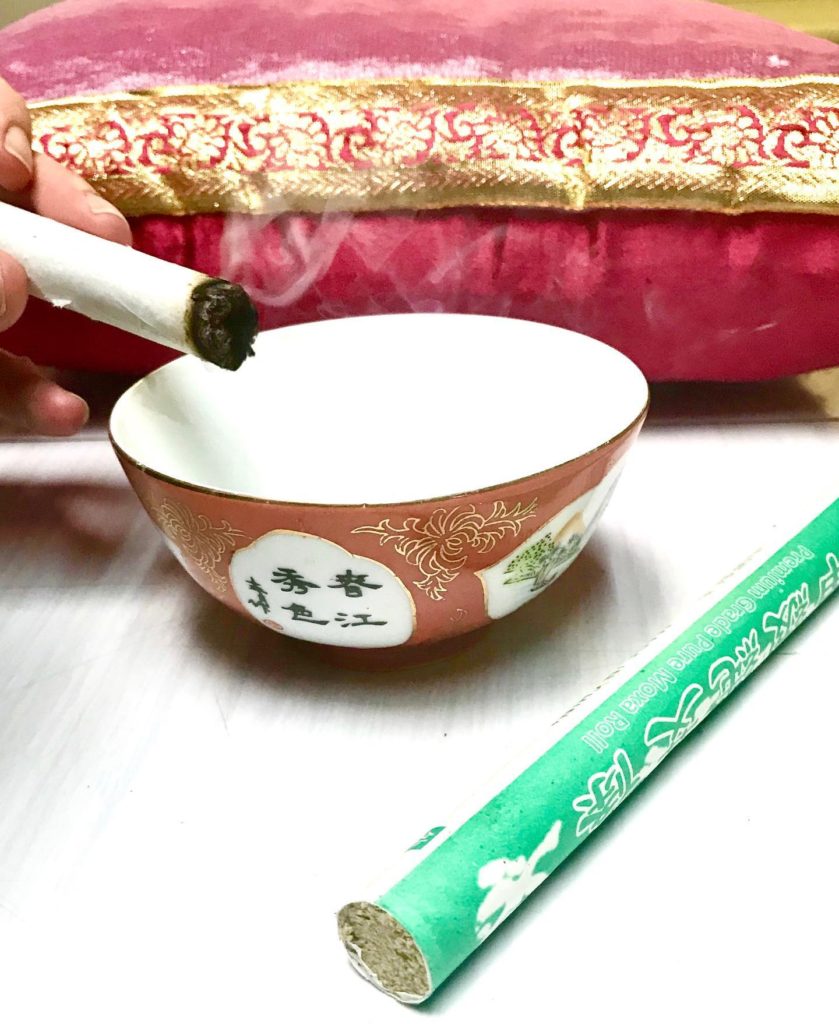Traditional Chinese Medicine incorporates several different techniques and tools. A combination of these may be used during your treatment:
ACUPUNCTURE– the use of very fine and sterile needles to promote the healthy flow of Qi in the body.

MOXIBUSTION – a warming technique used over acupuncture points in certain conditions. This involves the burning of the herb mugwort which elicits a pleasant warmth to the area increasing blood flow.
GUASHA – a scraping technique which traditionally uses a porcelain spoon to activate blood flow. It is also used to clear heat and stagnation in TCM terms.

CUPPING – the use of round glass cups to apply suction to the skin. These are used to promote blood flow and relieve tight muscles and fascia.
CHINESE HERBAL MEDICINE – involves the prescribing of herbs either in raw, pill or granulated form. Traditionally formulas will contain several herbs that are designed to work in synergy with each other.
CHINESE MEDICINE DIETARY THERAPY – the recommendation of foods that are warming, cooling, nourishing or dispersing – to help restore balance. I will base these dietary adjustments on your constitution, environment and unique health concerns. Please refer to the Dietary Therapy section for more information.
YANG SHENG – Self-care practices which include diet, exercise and lifestyle advice based on TCM principles. The aim of Yang Sheng (which translates to ‘Nurture Life’) is to provide self care tools to help you maintain good health.
